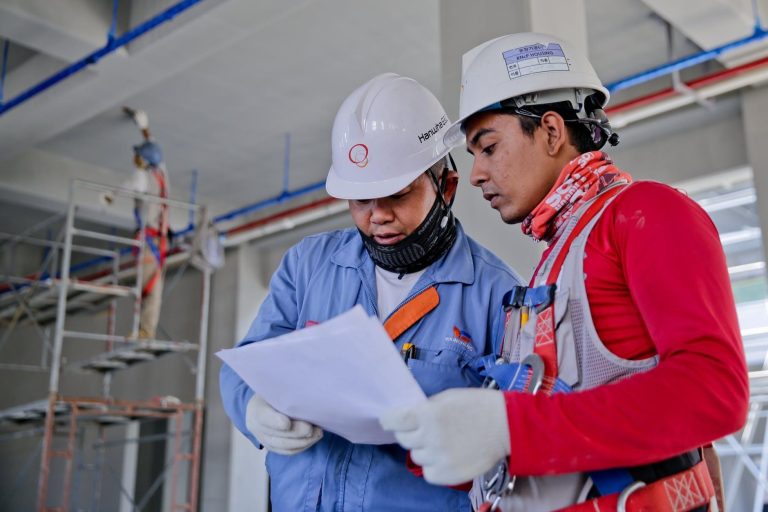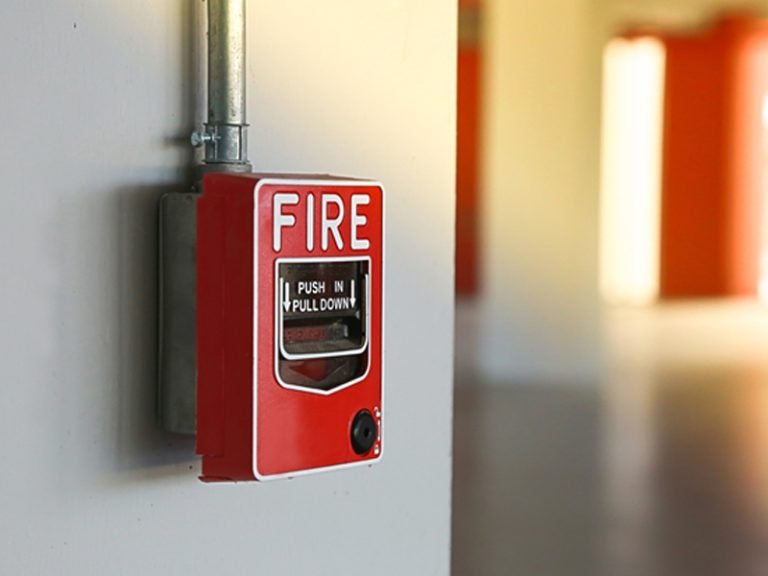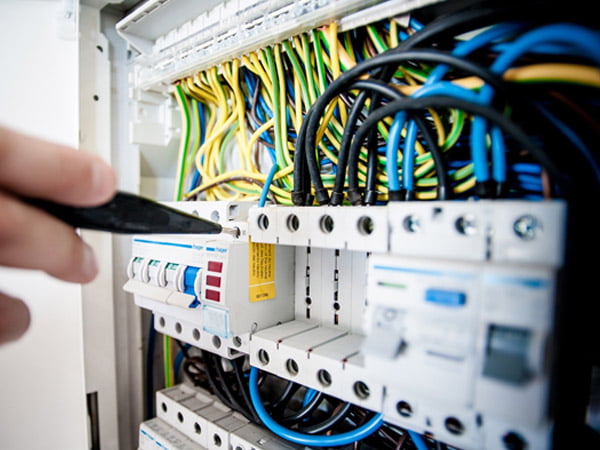What to Do When Your Air Conditioner has Refrigerant Leaks
Your aging air conditioner has frozen up, and your HVAC technician just diagnosed a refrigerant leak in the system. Now what?
When this situation arises for our Homesense clients, we don’t recommend that more expensive refrigerant be dumped into a system with known leaks, even though they do often ask us to add one pound of freon to help situation.
Instead, we highly encourage a leak test be conducted to potentially fix the leak before adding any more refrigerant to the system.
The Types of Leak Tests for an Air Conditioner
1. Electronic Leak Detector Test
Most HVAC service technicians keep an electronic leak detector or sniffer in their toolkits. As the name suggests, the HVAC tech runs this tool along the refrigeration components to detect any R22 or R410a outside of the system. Most HVAC technicians will start a leak test by using this device, as it can be more cost effective in finding a leak.
The limitation to an electronic leak detector test is that it can only scan the components it can touch. With an evaporator coil leak, for example, it can be quite difficult to position the electronic leak detector in all places a potential leak might be.
So while this can be the most cost effective leak test, it is also the most prone to inaccuracy.
2. Nitrogen Leak Detector Test and Bubble Test
A nitrogen leak detector test—the preferred test by Homesense technicians—adds a greater degree of clarity to leak detection, though for slightly more cost.
With this test, the HVAC technician first removes any remaining freon or Puron and pumps compressed nitrogen into the refrigeration system. The leaks become audible because the nitrogen is held at a higher pressure than the refrigerant can operate under normal conditions. Imagine when you pump air into your bicycle tire, and you can hear the air coming out. It’s the same concept here.
In addition to listening for audible signs of a leak, HVAC technicians will also be watching the gauges to see if pressure changes. In a system without leaks, pressure will remain constant. A system with a leak will show fluctuations.
Also, the technician will many times take the additional step of “bubbling” the system. The technician will mix up soap bubbles, run it along components of the refrigeration system, and look for air bubbles.
3. Dye Testing for Refrigerant Leaks
A dye test for freon or Puron leaks can also be applied. Here, an HVAC technician adds ultraviolet dye to the system, looking for both constant and intermittent leaks. The UV dye mixes with lubricants within the system and finds its way to even the smallest leaks. The technician uses a blue/black light to see the dye as it leaks out.
It’s important to note that not all dyes are recommended by manufacturers and can have negative consequences on the air conditioning system if the dye is not supported.









